This summer, Ben got his first part time job. He’d had some work experience before, but just odd jobs. This was fast food — regular hours, a uniform, and a steady pay check. He was excited, and we were excited for him. He hit every spot in town with his resume, then went home to apply online, since that’s how its done these days. He got two interviews, and got offers for both; he choose the one that paid more, and started training at Wendy’s almost immediately.

He considered it a prerequisite that he could drive himself to and from work, which we appreciated, and was conscientious about getting there on time. As low man on the totem pole, he had to work his way up from the grill. But he committed to that, and made his way up a few notches from there — even training new hires within his first month. Another downside to being the new guy is getting saddled with the closing shifts. As a teenager, he has no problem staying up late (and sleeping in until 11 AM the next day!) and we tried to be flexible. But as parents, we just couldn’t bring ourselves to go to bed until he was home safe…
Then one weekend, when friends were in from out of town, 1 AM rolled around and we were still up waiting. We’re modern worried parents, so we track his location via his phone — except it was off. The restaurant was supposed to have closed at 11, so midnight wouldn’t have been unexpected. Weekends are busy at Wendy’s, so 1 AM wouldn’t be out of the question — although 2 hours to close a store seemed pretty crazy. At 1:20 AM, enough time for him to make it home at the latest departure we could imagine, I went out looking for him. All sorts of thoughts were running through my mind, as I drove slowly, looking in ditches and for flashing lights. At 1:34 AM I made it to Wendy’s, relieved but angry that his car was still safely in the parking lot. I waved through the window at the guy cleaning the lobby, but he ignored me — Ben was nowhere to be seen. I’m sure they figured I was just some drunk guy looking for munchies, but I convinced them at least that I was an angry drunk as I banged on the window. Finally the night manager sauntered out of the back, unhurriedly, and in my mind, apparently waking up from a nap. I demanded to see my son, to which he replied “he’s still working,” muffled through the glass.
I’m quite sure my “dad voice” came back clearly, as I told him “not any more he’s not, this was his last shift. Get my son out here NOW!” (possibly followed by a colorful metaphor describing his management style.) I was still very obviously enraged when Ben emerged from the back with a mop in his hands. I told him he wasn’t in trouble, but to get home right away. We made it home by 2 AM — 3 hours after the store closed. I haven’t worked fast food since I was 17, so later on, I checked with a friend who managed a restaurant, and he confirmed that more than an hour to close a store was management incompetence.
We let Ben give a full two-weeks notice — on the condition that he keep his phone on (it turns out the manager had required him to turn it off) — and call us if he was asked to work past midnight. While the law in Ohio protects children under 18 from this kind of thing, it makes exceptions to most protections if school is not in session. Clearly the closing manager took advantage of those exceptions, and Ben’s solid work ethic. As the dad, I over-ruled, and he and I had a good talk about the reasons, which Ben mostly accepted as reasonable. Nonetheless, he got half a summer’s work experience, and loaded up his bank account with a good chunk of spending change. We were proud of him, and the way he handled himself throughout. In fact, I was the only person guilty of losing their cool through the whole thing.
Teaching your kid to drive is obviously nerve-wracking. You worry about their safety — both their lack of skill, and the other idiots on the road — but nothing really prepared us for the implications of them having this new freedom. As the kids get older, they have more activities outside the home, some even over night. But when you’re there for drop off and pick up (as exhausting as that can be), you feel some level of control. When they drive away into the night, not to return until (unless!) they successfully drive themselves back… it feels like a little piece of your heart has left your body, and you’re never fully sure it will come back. Just this summer a 19-year old kid disappeared coming home from his summer job in Ohio. Of course, statistically, these things are rare — and we try not to be nervous helicopter parents; we know our kids need to develop independence and autonomy. But, its still hard letting go — especially when your summer kicked-off with your youngest in surgery for a broken collarbone!

There have been easier milestones this summer, too. Abi moved into her own room last week. It’ll be the biggest adjustment for Eli, who is used to having her big sister close — but she gets a giant room to herself out of the deal, and Abi invited her to “sleep over” in her room the other night, to help her cope. With some convincing, Ben also re-arranged his room, putting away some of his childish toys and furniture. At first he was pretty sad about the idea, but as the space opened up, and he came up with ideas about how he might want his space to look and feel, he got pretty excited about it. We encouraged him to thin things out and think ahead to spaces like a college dorm or a first apartment — he’s a Junior this year (that’s Grade 11, for our Canadian friends), so that future isn’t far off.

And, of course, there was the comfort of some of favorite summer activities. Summer camp with their little buddies, and a nice visit home to Nana and Papa’s in Ontario prove that, though they’re big kids, they’re still kids — for a little longer anyway. A new school year starts this week, and with it, new challenges and experiences. Ben will be driving all three of them to and from school most days, and they already have full calendars of extra-curricular activities, school dances, etc…
More changes are inevitable, but we have great kids, and an awesome God who is sovereign. So we will continue to adjust to having little pieces of our hearts out in the world without us…



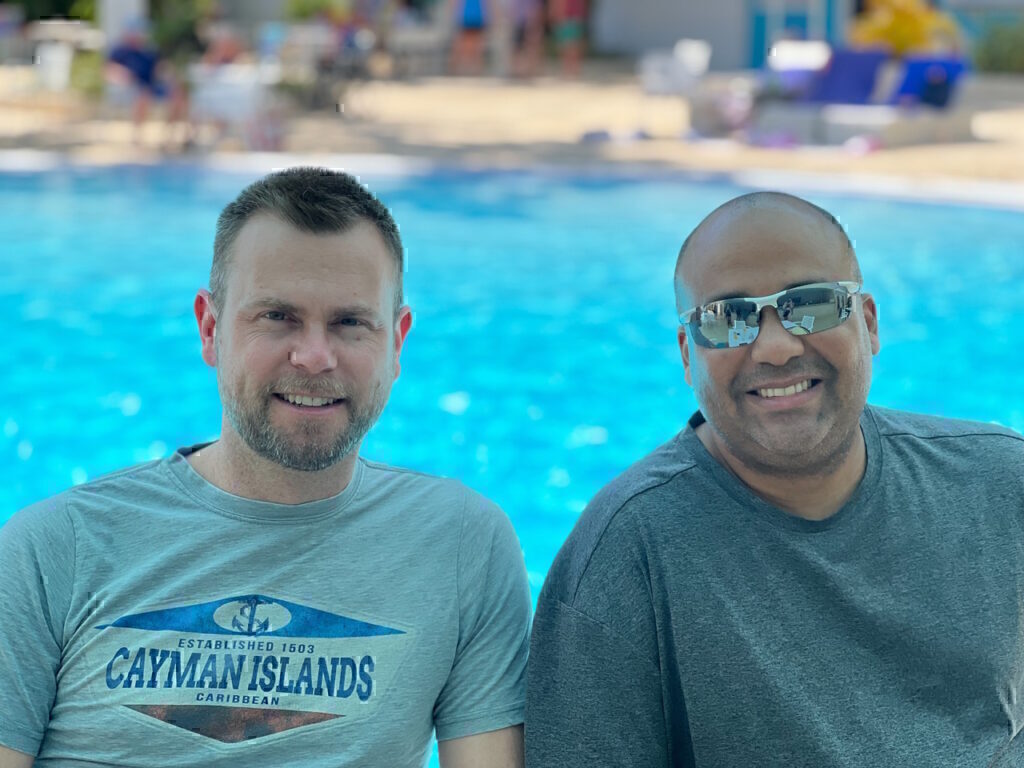

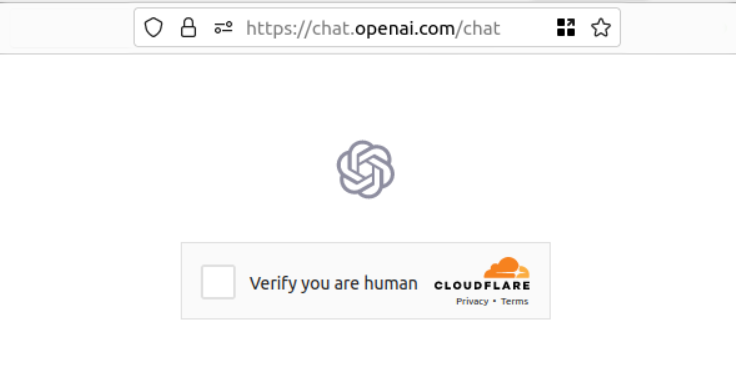
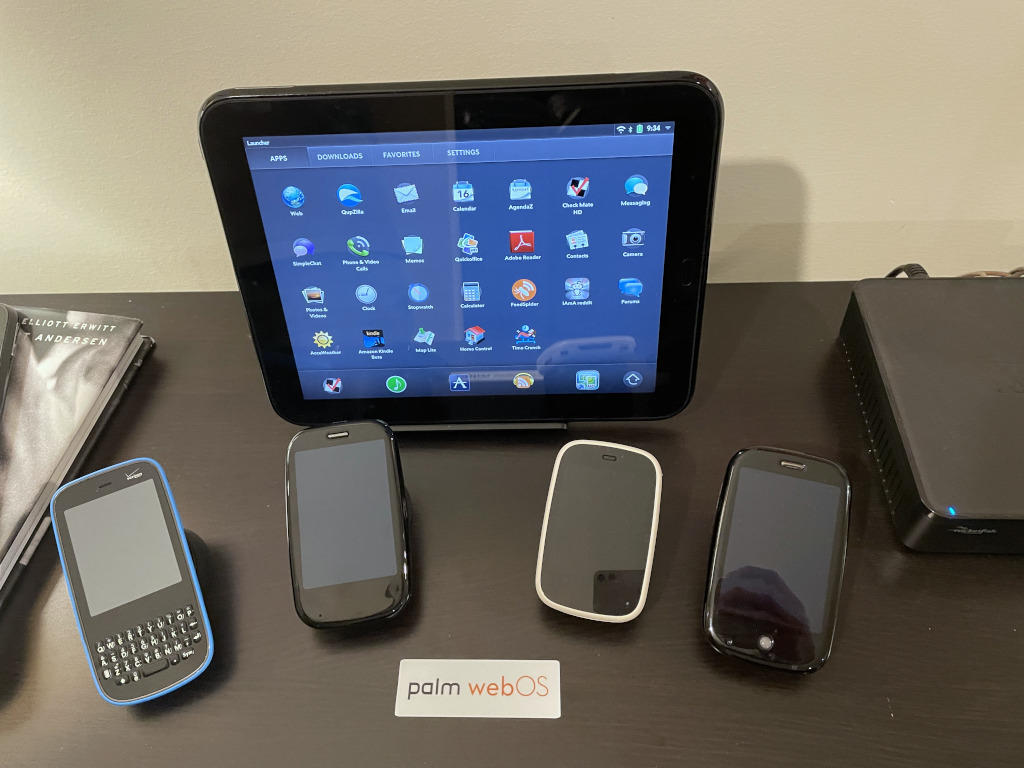


 Facebook had lots of APIs — probably too many. Their data access API allowed Cambridge Analytica to scrape the data of their users to inform and manipulate politics. Their games APIs brought scourges like Farmville, and its repeated invites to join your friends. But they also had APIs for sharing, for getting access to your own data outside their walled garden, and for syndicating content you owned into their platform. When they decided to close their APIs, they addressed some issues, but created more. Suddenly we were trapped in their increasingly toxic environment by the “network effort” we’d all contributed to, afraid to incur the cost of abandoning our “relationships.”
Facebook had lots of APIs — probably too many. Their data access API allowed Cambridge Analytica to scrape the data of their users to inform and manipulate politics. Their games APIs brought scourges like Farmville, and its repeated invites to join your friends. But they also had APIs for sharing, for getting access to your own data outside their walled garden, and for syndicating content you owned into their platform. When they decided to close their APIs, they addressed some issues, but created more. Suddenly we were trapped in their increasingly toxic environment by the “network effort” we’d all contributed to, afraid to incur the cost of abandoning our “relationships.”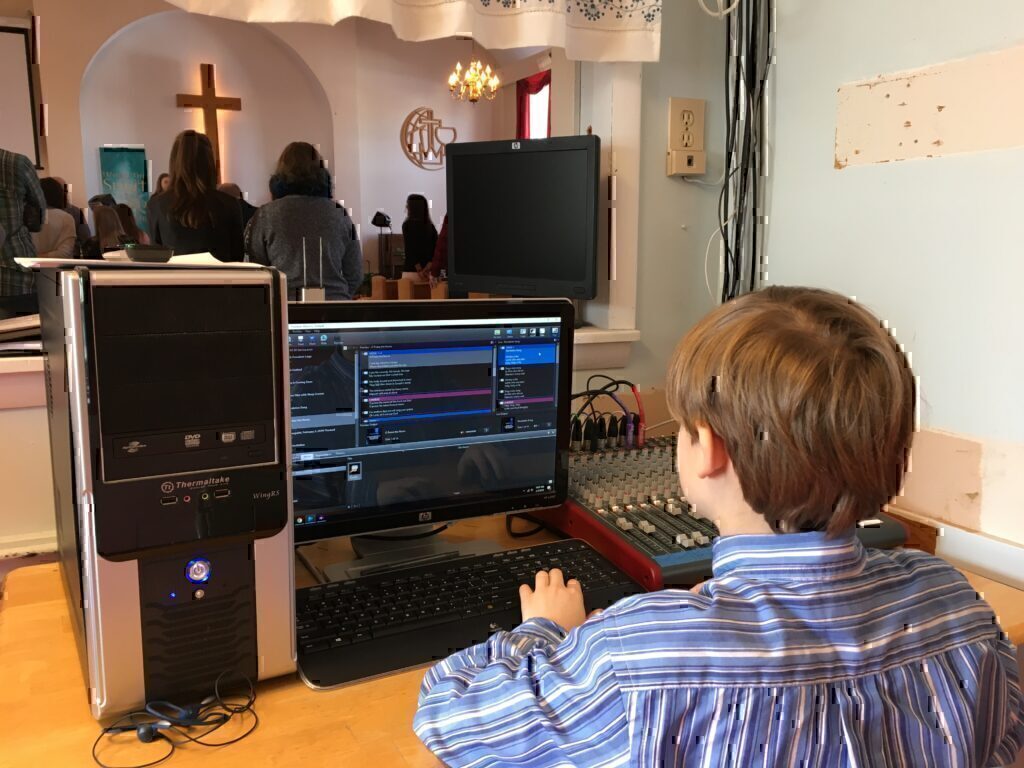
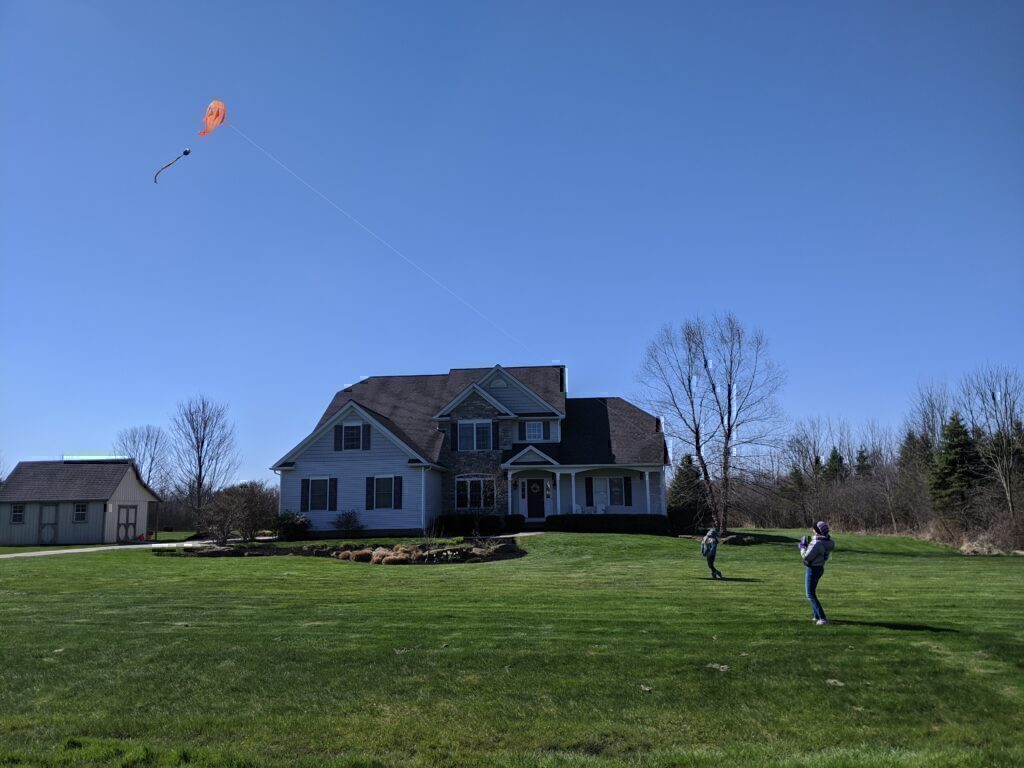
 I know I’m dangerously close to becoming an old man yelling at the Cloud. That every generation is uncomfortable with the next generation’s technology — everyone has a level of tech they’re used to, and things introduced later become increasingly foreign. But I’m pretty sure my perspective is still valid: I grew up with the Internet, I helped make little corners of it, and I still move fluidly and comfortably within most technology environments (VR, perhaps, being an exception.) So I think its reasonable for me to declare that cyberspace is kinda crappy right now. A few examples:
I know I’m dangerously close to becoming an old man yelling at the Cloud. That every generation is uncomfortable with the next generation’s technology — everyone has a level of tech they’re used to, and things introduced later become increasingly foreign. But I’m pretty sure my perspective is still valid: I grew up with the Internet, I helped make little corners of it, and I still move fluidly and comfortably within most technology environments (VR, perhaps, being an exception.) So I think its reasonable for me to declare that cyberspace is kinda crappy right now. A few examples: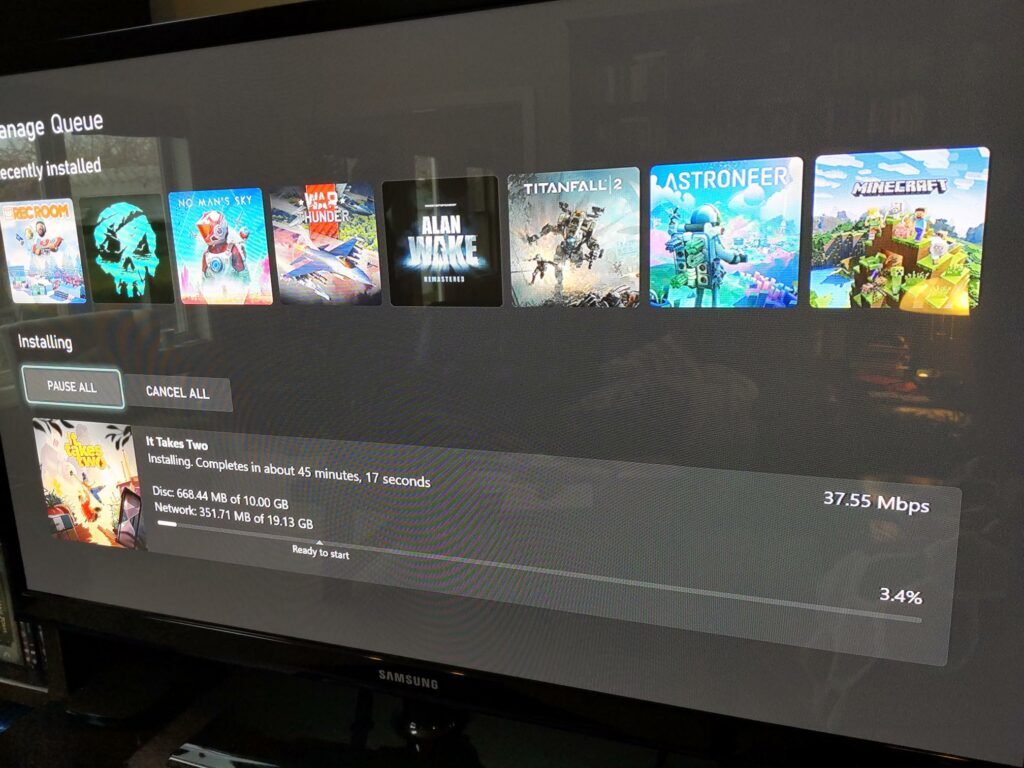
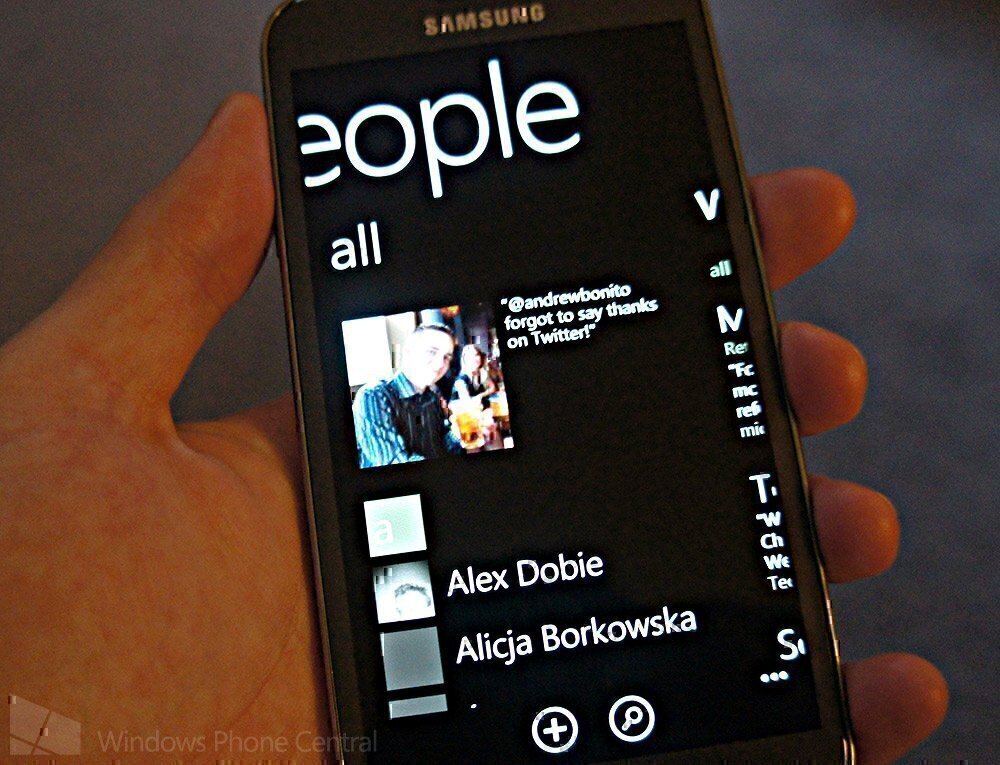
 My dad used to complain about power windows. I’m not sure if this was out of jealousy, because our 14 year-old Buick LeSabre had only manual windows, or if it was another case of an Old Man Yelling at a Cloud, but he would explain that in an emergency, he’d rather have the ability to crank down a window and get out of a car, than be trapped by a mechanism that wouldn’t work in an electrical failure. In truth, the evolution of vehicle technology has not been a good one over-all. Even nice-to-have features have been plagued by poor implementations, and
My dad used to complain about power windows. I’m not sure if this was out of jealousy, because our 14 year-old Buick LeSabre had only manual windows, or if it was another case of an Old Man Yelling at a Cloud, but he would explain that in an emergency, he’d rather have the ability to crank down a window and get out of a car, than be trapped by a mechanism that wouldn’t work in an electrical failure. In truth, the evolution of vehicle technology has not been a good one over-all. Even nice-to-have features have been plagued by poor implementations, and 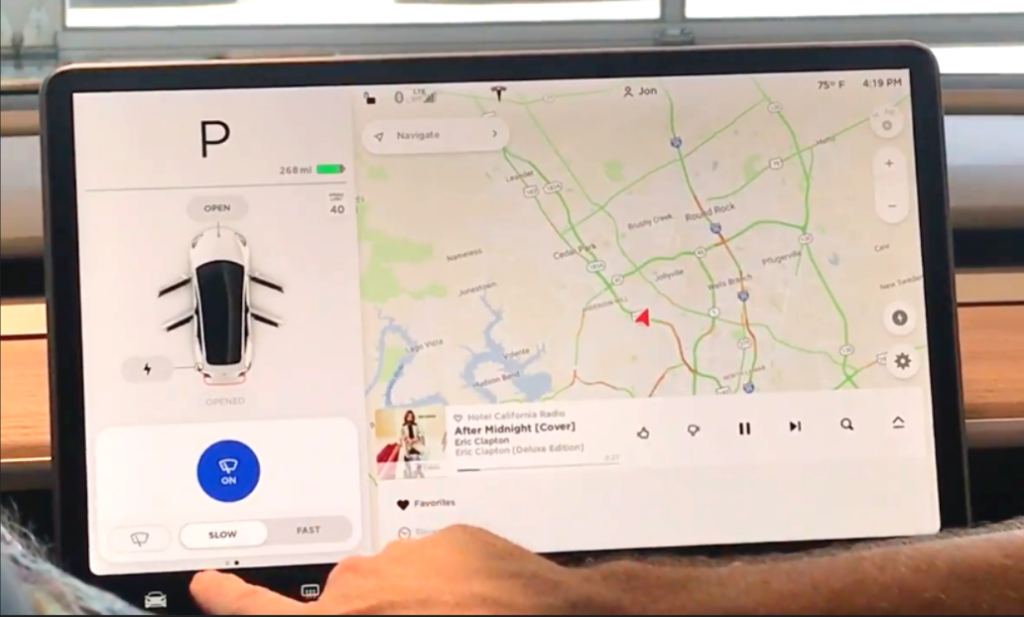
 I have more examples I’d like to talk about. Things like how Microsoft Office used to be a great product that you’d buy every couple years, and now its a horrible subscription offering that screws over customers and changes continuously, frustrating your attempts to find common UI actions. Or like how Netflix used to be a great place to find all sorts of video content on the Internet, for a reasonable monthly price that finally made it legal to stream. And now its one of a dozen different crappy streaming services, all regularly increasing their prices, demanding you subscribe to all of them, while making you guess which one will have the show you want to watch. I could rant at length about how “smart phones” have gotten boring, bigger, more expensive, and more intrusive, and only “innovate” by making the camera slightly better than last year’s model (but people buy them anyway!) Or how you can’t buy a major appliance that will last 5 years — but you can get them with WiFi for some reason! Or how “smart home assistants” failed to deliver on any of their promises —
I have more examples I’d like to talk about. Things like how Microsoft Office used to be a great product that you’d buy every couple years, and now its a horrible subscription offering that screws over customers and changes continuously, frustrating your attempts to find common UI actions. Or like how Netflix used to be a great place to find all sorts of video content on the Internet, for a reasonable monthly price that finally made it legal to stream. And now its one of a dozen different crappy streaming services, all regularly increasing their prices, demanding you subscribe to all of them, while making you guess which one will have the show you want to watch. I could rant at length about how “smart phones” have gotten boring, bigger, more expensive, and more intrusive, and only “innovate” by making the camera slightly better than last year’s model (but people buy them anyway!) Or how you can’t buy a major appliance that will last 5 years — but you can get them with WiFi for some reason! Or how “smart home assistants” failed to deliver on any of their promises —